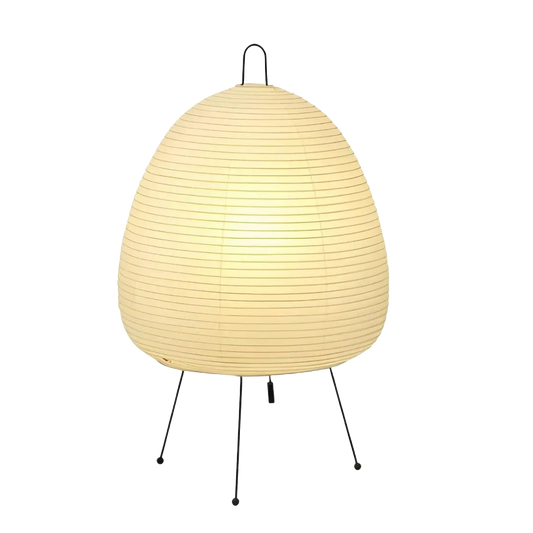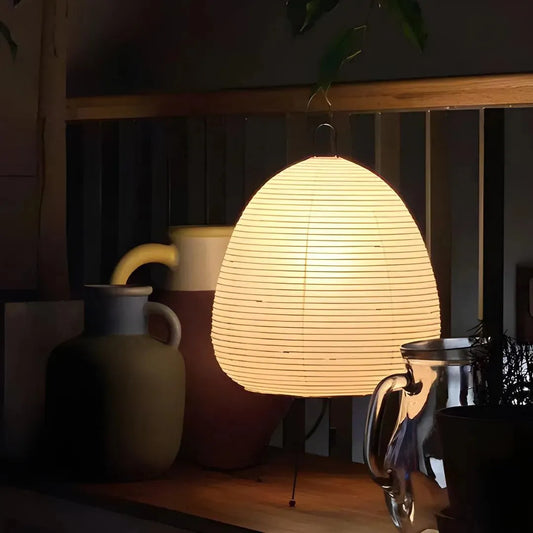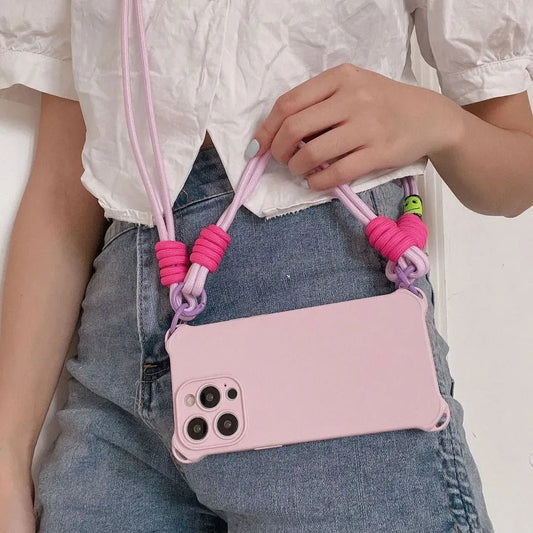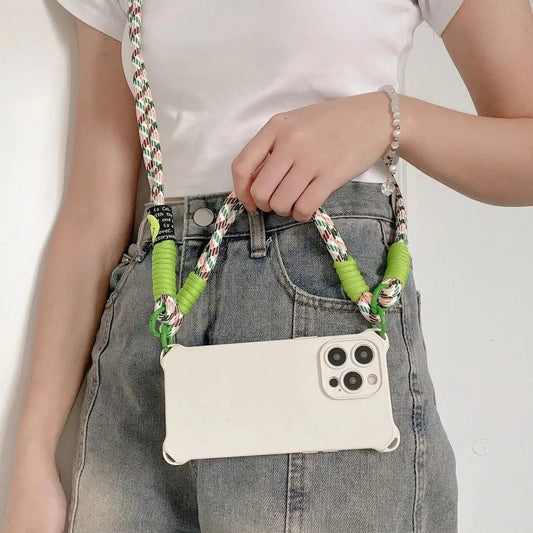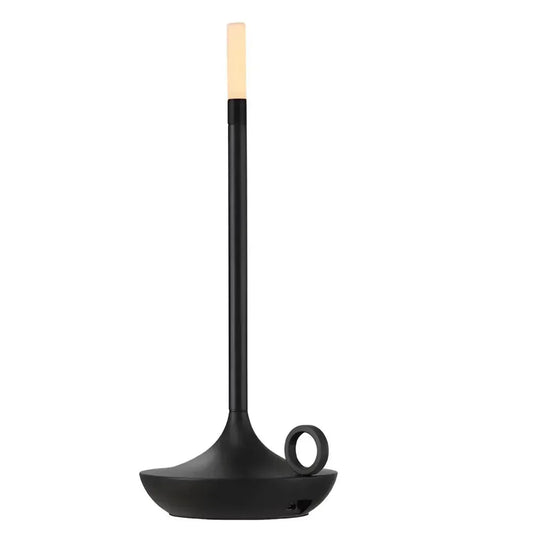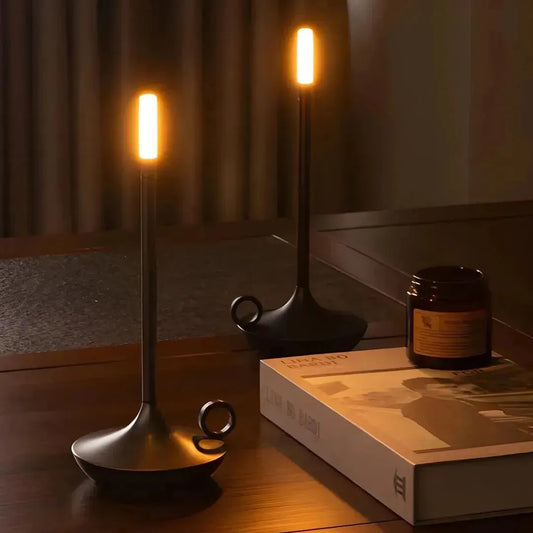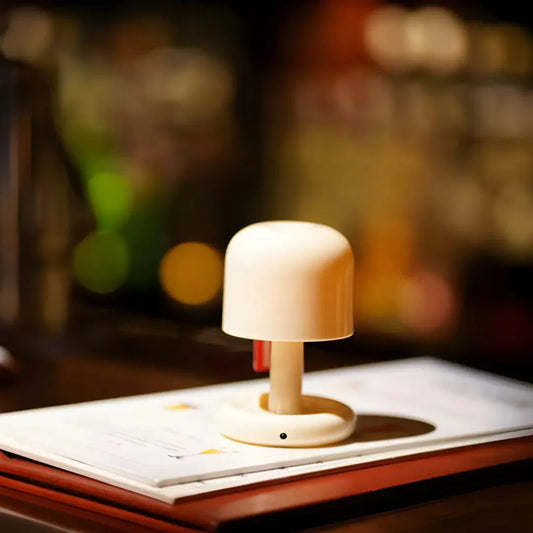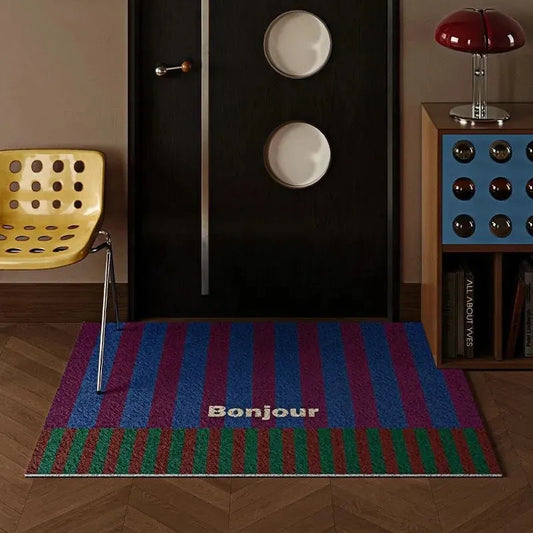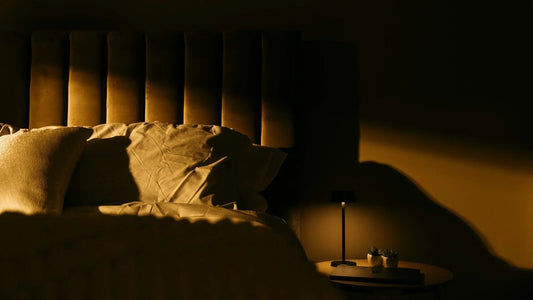
Free Yourself from Indirect Living Room Lighting: Why Should We Ban The Big Light?
Share
I bet you have that ceiling light too - the one that turns your cozy living room into a waiting room the second you flip the switch. In my three-bedroom Parisian apartment, I've spent months testing different lighting setups. Between Netflix evenings ruined by harsh lighting and dinner parties saved at the last minute by quick adjustments, I've found THE solution: indirect lighting radically transforms your living room's atmosphere.
The Indirect Lighting Revelation
One November evening, I visited my friend Julie, an architect by trade. When I walked into her living room, I felt something strange - you know, that feeling when everything just feels... perfect? No direct ceiling light, just an enveloping atmosphere that made you want to stay forever. Gone were the harsh shadows under the eyes that make you look like you haven't slept for days!
Indirect lighting works wonders for our well-being, and it's not just about decor. Direct ceiling light reminds you of the office or worse, the hospital - not exactly the ideal atmosphere to unwind after a marathon day, right? Even Mariah Carey boycotts direct lighting in her interviews, calling it "abusive." And for once, I agree with a diva! Light falling on us like a spotlight doesn't do anyone any favors.
I can hear the workaholics in the back: "But I need light to work!" No panic. Soft lighting doesn't mean living in darkness. New indirect floor lamps with full-spectrum technology let you adjust the light temperature. During the day, dynamic ambiance for focus, and in the evening, switch to cozy mode for relaxation. The difference? Light dances on your walls instead of hitting you in the face.
The Keys to Perfect Indirect Lighting
In a Japandi interior - you know, that perfect mix between Japanese zen and Scandinavian hygge that's taking 2024 by storm - the upward-facing floor lamp becomes the star. Place it 30 cm from the wall, in a strategic corner of your living room. The light softly bounces off the ceiling, creating an atmosphere that would make any lifestyle content creator envious.
LED strips have revolutionized the game. Slip them behind a cornice, under floating furniture, or along a shelf. My upstairs neighbor still can't get over it: since installing LEDs along his wabi-sabi bookshelf, his guests spend more time admiring the ambiance than chatting.
Let me tell you about my biggest lighting disaster. When I first started, I relied on a single light source. I made that blunder in my first apartment - one indirect floor lamp, and I thought I'd revolutionized my living room. Spoiler: it doesn't work that way. The secret to successful lighting is multiplying sources. Like in a good recipe, it's all about the right mix.
The Three-Level Technique
Here's my foolproof strategy, refined after months of trials (and plenty of mistakes, let's be honest):
-
Ceiling level: your ambiance foundation. Whether you opt for an upward-facing designer floor lamp or cornice LEDs, this first layer sets the mood. In my 20m2 living room, a geometric floor lamp in the corner illuminates the entire space. The bonus? Adjustable intensity - like sunset light that illuminates just right.
2. Wall level: wall sconces become your best allies. At 1.8 meters high, they sculpt the space without overwhelming it. In my living room, I dared to go asymmetrical: two designer sconces frame my TV area, another one enhances my bookshelf. The effect is stunning - each zone lives its own life while staying connected to the others.
3. Floor level: the game-changing secret. LED strips under furniture are the final touch that transforms a basic living room into an Instagram-ready space. My TV unit now floats in the dimness, books seem to levitate on their shelves. The killer feature? A motion sensor for automatic lighting when you cross the room at night.
Adaptability: The Power of Indirect Lighting
Switching to indirect lighting changed everything in my living room. Monday night watching House of Dragons? The LEDs behind the TV adapt to the screen colors, while the rest of the lighting dims to create a distant candlelight ambiance. Perfect for not missing any action.
Reading evenings deserve their own setup. My winning combo? Ceiling lighting in "reading mode" with a subtle reading lamp for details. I've even programmed this ambiance to activate automatically at 9 PM, my ritual reading hour.
A few years ago, when I had friends over for pizza night, I finally got the lighting perfect. All sources activate in warm white mode (2700K for the lighting nerds). No more wondering if your friends think you look tired - under this light, everyone looks like they've spent two weeks in the Maldives.
Office mode? Challenge accepted. Color temperature shifts to 4000K, stimulating without being aggressive. No more dilemma between concentration and visual comfort.
Solutions for Your Space
Back in my tiny first studio apartment, wall sconces worked miracles. Not only did they free up precious floor space, but they created the illusion of higher ceilings. In my current three-bedroom apartment, I went all out: integrated LEDs in a false beam, spots oriented toward the walls, the whole package. The effect? My friends think I've doubled my living room's size.
Indirect lighting is the silent revolution in our interiors. Start small, experiment, observe how your space transforms. And when your guests say, "I don't know what you changed, but it feels amazing in here," you'll know you've succeeded.






 https://lunia-shop.com
https://lunia-shop.com


